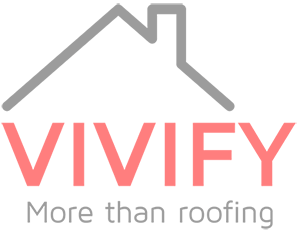What is bedding and pointing?
Roof pointing is essentially the icing on the cake, and that cake is the roof! Pointing is the final tiles that are laid to join the edges of a house or buildings roof together.
On a standard Melbourne house, the roof tiles are fixed into place and don’t require any adhesives or sealants except for special applications. The ridge capping, on the other hand, is sealed around the edges and held in place by a ‘bed’ of mortar (The mortar is made of cement and sand) or a flexible pointing compound that holds them firmly into place and ensures that its waterproof to avoid leaks.
The roof ridge tiles or capping are usually made from the same material of the roof tiles, usually terracotta, cement or slate tiles to name a few.
The mortar was commonly used many years ago, but as roofing technology has improved and new products have been developed. There are now flexible pointing compounds available that are not only stronger than mortar but also more flexible and longer lasting.
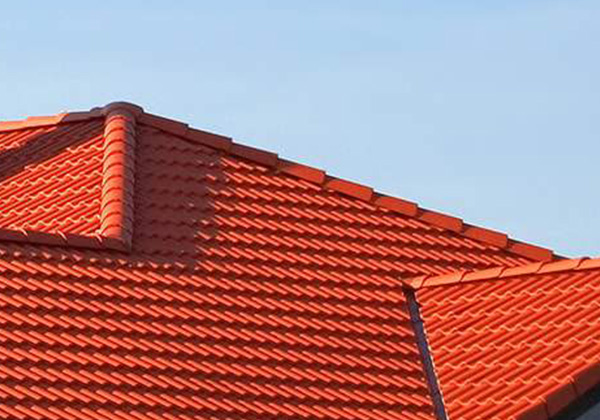
Does my roof require re-bedding or repointing?
Over time ridge capping can become brittle due to the accumulation of dust and weathering over time, this can dislodge the capping itself from its fixed position. The mortar loosens its grip over time and tends to crack, so does the pointing and roof ridge tiles.
This is quite normal in older roof and cannot be prevented, on occasion the cracks can be sealed but if the mortar mix and movement has caused the initial cracks it will likely continue.
If you are wondering about the necessity of a roof re-bedding and roof re-repointing, you should look carefully at the existing condition of your roof and see if the following applies to you:
- Does your ridge capping mortar have cracks?
- Is there any broken ridge capping?
- Is the ridge capping in a straight line or has it shifted?
- Are there any missing roof ridge tiles?
- Is water leaking inside your home from the ceiling?
These are all symptoms that roof repointing is required.
Ridge capping is an important part of your roof. If a roof ridge tile becomes loose you could have water leaking in your home. With the crazy weather and strong wind that experience in Melbourne a tile could even be blown of the roof damaging a neighboring home, breaking a window, damaging a car or even worse personal injury.
Depending on the rest of the roofs condition such as the tiles, you may either need to do a partial or complete roof restoration. A complete roof restoration in Melbourne will involve renewing the entire roof and replacing all the chipped and broken tiles, fascias, gutters and downpipes.
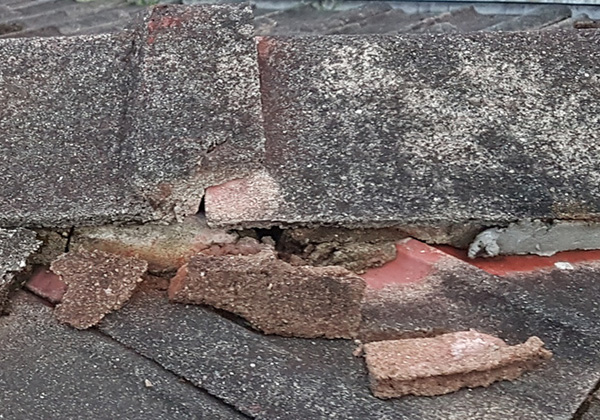
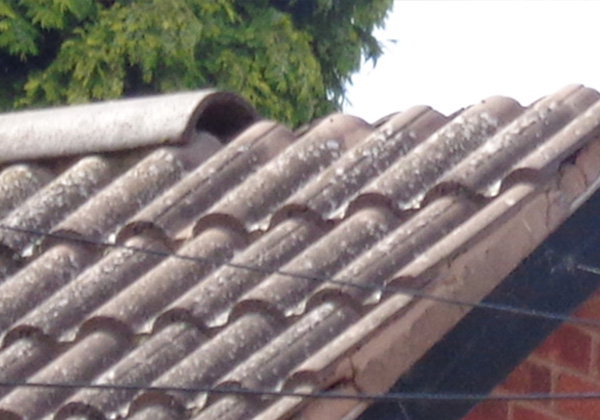
What is roof repointing and rebedding?
Removing the old mortar, cleaning the roof, re-positioning the tiles and replacing the ridge capping with new mortar is basically called re-bedding.
There are a few different methods:
The First method is rebedding the ridge capping and using mortar to secure and seal it.
The Second is using a specialised flexible bedding compound to secure and seal the ridge capping.
The third is to use mortar or a flexible bedding compound followed by a pointing compound that provides the final sealing.
Roof tilers will use tools like steel brushes, slate hammers and rippers to break off the old mortar, trowels for smooth application of the new mortar or flexible pointing. Sometimes in order to help keep the mortar and capping perfectly aligned straight guides are applied as per the photo.
The Vivify Roof Rebedding & Repointing Repair Process
The re-bedding and repair process involves the following steps-
1. Preparing the scaffolding around the edges of the roof so that you don’t fall off, wear roof safety gear such shoes with gripping rubble soles, hand gloves, a helmet and glasses for your protection.
2. Detecting the damaged areas of the ridge capping.
3. Cleaning off the existing moss, dirt and condensed concrete dust.
4. Removing the damaged ridge capping by gently breaking the existing old mortar with slate hammer.
5. Laying a new concrete bed of mortar made of cement and sand.
6. Installing the ridge tiles on the newly applied mortar.
7. Applying flexible pointing cement after the mortar solidifies. Repointing roof is a good way to ensure added longevity to the ridge capping.
8. In the end a good quality sealer should be applied to the ridge capping so that it helps to bind the mortar and provide additional prevention from cracking. A sealer also helps to make the surface glossy.
9. If required priming and painting the ridge capping or entire roof.
With years of experience Vivify Roofing’s specialists can provide all the best industry knowledge and advice for your roof repointing and restoration. We provide Repointing & Rebedding restoration services to the north, eastern and southern suburbs of Victoria from Diamond Creek, Greensborough, Camberwell, Ringwood down to Frankston, Mornington, Sorrento and Portsea. Contact Vivify roofing today on 1300 475 097 to have the best service at an affordable price.
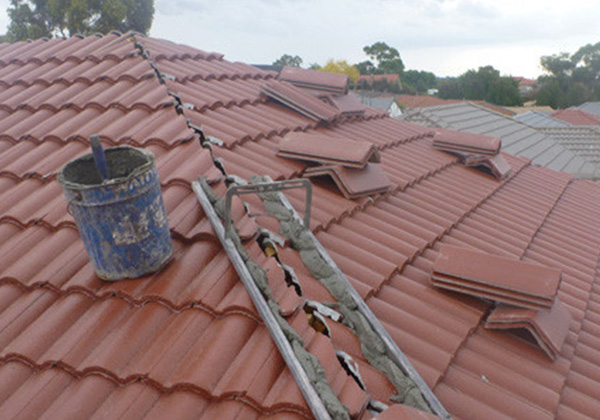
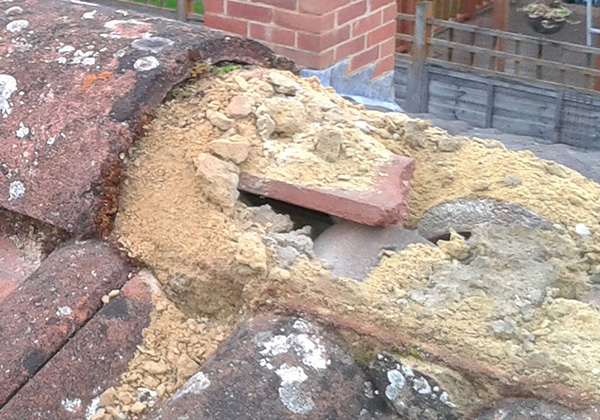
Call Today For A Roof Repointing Quote!
